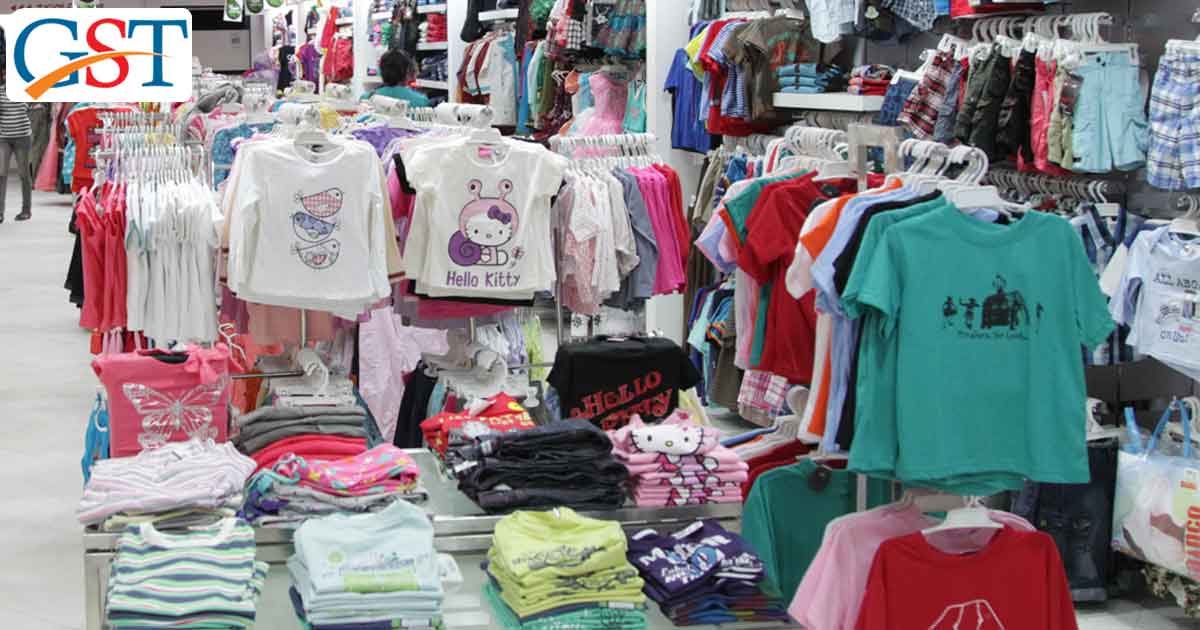As mentioned earlier GST would be the Goods and Simple Tax, the definition is going completely against for the apparel exports industry. From the day GST rollout, India’s apparel or RMG (readymade garment) exports have reduced by 4% in terms of US dollars in the financial year 2017-2018, wheres in Indian denomination, it is reduced to 7.6% which is much higher and significant.
On the other hand, particular RMG exports reduced from $17.4 billion in 2017 to $16.71 billion in 2018, which clearly indicates a shortfall of 3.6%.
The shortfall in RMG is just started in October 2017 with a 39.30% decline which continues month by month up to March 2018 with 17.8% decline. In March 2018, the Indian RMG export marked $1.49 billion as compared to $1.81 billion in the same time period during last year.
Read Also: Goods and Services Tax Impact on Indian Textile Industry
In this regard, H K L Magu, chairman, Apparel Export Promotion Council said in a statement, “The export figures show apparel export is not only stagnating but heading towards recession. These clearly indicate ongoing shrinkage in the industry, which is a big cause of concern.”
Some international factors such as free trade agreements (FTAs) regarding rival nations with the key markets such as the UK, the US, and Europe have already put a hard time in front of RMG exports from the country. In addition, GST introduction in July 2017 concluded in a roadblock for funds for the exporters. Moreover, other profits such as a rebate on state levies (ROSL) and duty drawback were diminished as well.
Magu said, “While the duty drawback rate and ROSL were lowered to 2% from 7.5% and 3.9%, respectively, in the post-GST era, incentive under the Merchandise Exports from India Scheme (MEIS) was increased from two to 4%.”
Although with the pre-decided MEIS due date on June 30, the export industry is not sure of accepting any orders after the deadline in regard to a higher incentive. Mogu further mentioned, “We are unsure if MEIS will continue after that. We will lose money if we assume four percent incentive beyond June and the government does not extend it.” Global attributes are making Indian RMG exporters weak and difficult to fight against other countries. “While China has vacated the apparel export space, India is unable to encash on the opportunity, unlike Vietnam, Bangladesh or Cambodia who has FTAs. India is emerging as an expensive affair in the global apparel market,” he said.
Recommended: Major Goods and Services Tax Issues Seen Across India Till Now
Supported by duty-free access in the European Union market, Bangladesh continues its status of being the second-largest apparel exporter in the said market after China in the list. Vietnam continues its position of being fastest-growing particularly among large apparel-exporting nations, securing the accretion in the US market in spite of the US supporting the proposed trade agreement.
Magu also mentioned, “Bangladesh and Vietnam are showing consistent growth in the apparel exports. We would like the government to address the issue at the earliest.”
